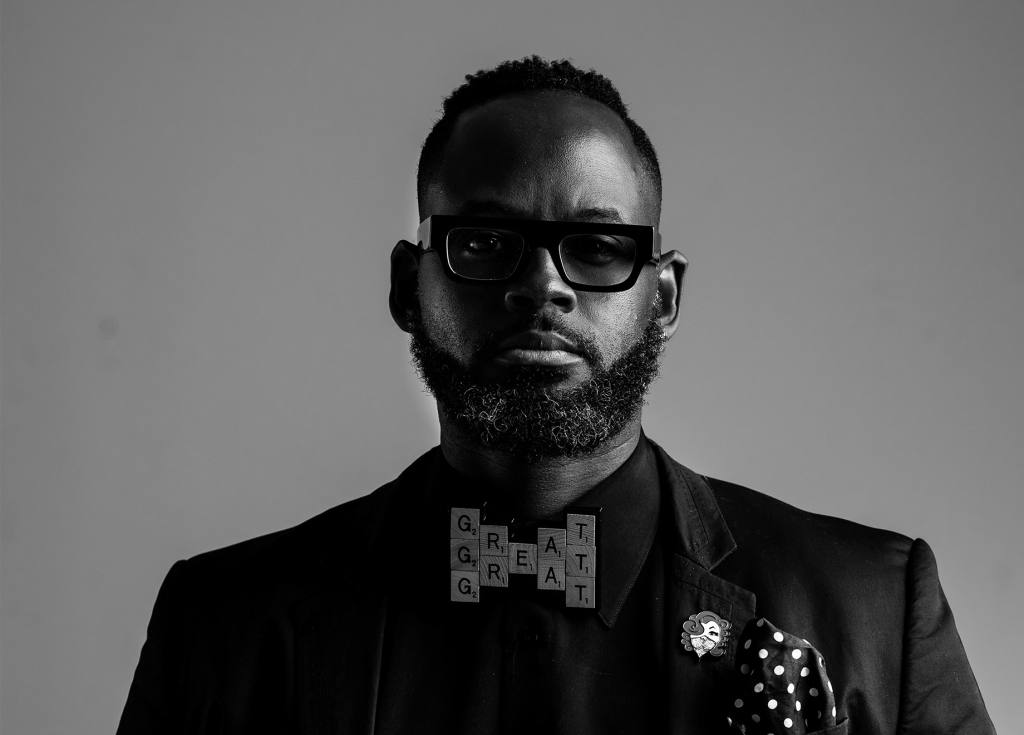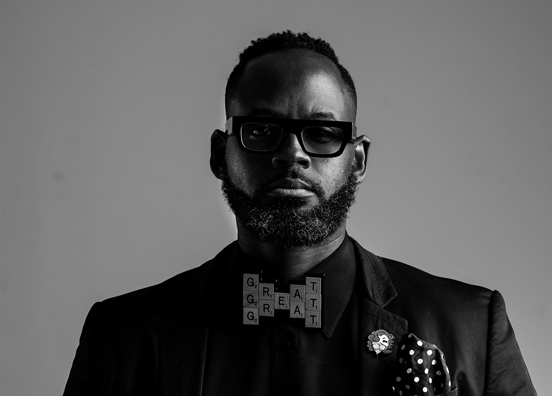By Keni Thacker, Program Manager, OBRIE (Office of Business Relevance, Inclusion and Equity)
Disclaimer. I started writing this about three years ago. However, my feelings are still the same– if not stronger – about various industries’ commitment to diversity, inclusion, and change. This piece is not directed at anyone in particular, but more of a bird’s eye view to the slow amount of progress I have witnessed. All of these opinions are my own.
On my journey, I’ve had the vantage point many have shared, but seldom taken advantage of. A lot of times, when people likely assumed I was daydreaming, I was learning the art of advertising. Through mentorship from various people throughout the years (many of whom may not even have known they were mentors), I’ve learned how to handle many things in my professional life. Like many great MC’s (masters of ceremony or microphone commanders) of my generation who often never had to write their rhymes down when making a song (yes, that was a hip-hop reference), most of my learning came in the form of memorization. I applied that same technique to learning the ins and outs of advertising while observing what was missing from the industry and similarly in many others.
So, what was missing from my vantage point? A strong commitment to diversity and inclusion on all levels. And while strides have been made, we still have a ways to go. I’ve covered five things to consider when strengthening your commitment to diversity in your workplace.
1: Have a clear understanding of what diversity, culture, and inclusion are and what it means in the place where you work.
In an age where startups are the “cool” place to work, older institutions need to adapt – and quickly. But the adaptation must be organic, honest, and not forced. We should all want to have employees whose outlook on work is aligned with the company’s business and cultural model. However, with the development of that culture model, it’s important to consider who is actually at the table. I hear people throw around the word “culture” all the time, to the point where I get lost in what it truly means. The first question should be, “Is our talent being challenged to be better within the “culture”?” What role does culture play in their professional growth? How are we monitoring this growth? Having a seminar is great here and there, but if we are not allowing employees to use the skills they’re learning in real-life situations, then what’s the point of the training? All employee growth initiatives should be focused on improving and enhancing staff, from day to day responsibilities to tasks that will help them get to the next level in their career. Another question to ask is, “Does the company project an image of being a game-changer and a disrupter?”
2: Rethink how we staff and develop our teams.
I’ve seen the middle-management trap and the struggle of hungry young professionals fresh out of college trying to break into the business. Yet, even when they do get in, they find themselves underutilized and sometimes end up leaving in under a year, or they simply leave the business period. Through the schooling I’ve received, I have been able to build experiences that are catalysts for change and understanding, which I use as my brand, platform, and mission. Since my start in diversity advocacy, I’ve always approached it with a creative, entrepreneurial mindset after witnessing impactful D&I movements led by veterans and friends in the field. Why a creative entrepreneurial approach, you might ask? Because this diversity dilemma in advertising and many other industries has been going on way too long – since the “Mad Men” days. In my personal opinion, the days of reporting figures of diversity without actually having plans to change or improve those poor numbers should be over. However, more and more companies are sharing their numbers, and I tip my hat to them for their transparency.
3: Be aware of your access and that everyone does not have the same amount you do.
Diversity advocacy has never been easy due to the fact that industries have been unconsciously comfortable without it. When the topic is brought up, not too many eyebrows are raised because it doesn’t affect the majority of the population. Instead, some (not all) people are happy with the way things are, regardless of the data that shows the benefits of diverse thought that comes from people of color, women, those of different sexual orientations, religions, veterans, abilities, and the list goes on.
Not to mention, the products being advertised are being used daily by the consumers that are rarely represented in the creative process. The need for change has now been more relevant than EVER. The problem doesn’t lie at the entry-level, but at all levels. Imagine how a diverse candidate might feel when they look at the company make-up, from the C-Suite to the interns, and see a lack of people that look like them. Companies need to provide role models that give diverse candidates the incentive or inspiration to stay or apply.
4: Contribute to your office culture.
One of the many things I’ve discussed with my team and my friends is how we can level the playing field. How do we ensure that our co-workers care about the current state of D&I? Women make up more than 50% of most agencies but are rarely represented at the top. According to the McKinsey & Company 2019 Women in the Workplace study, 1 in 5 C-suite executives is a women-and only 1 in 25 C-suite executives is a woman of color. I’ve often heard diverse candidates just don’t apply, or they’re merely not qualified. So, there is clearly a disconnect between the industry and the preparation of diverse talent for the business.
5: Be willing to have the uncomfortable conversations.
If I had a dime for every time I was in a meeting and someone told me, “We need to make sure the D&I strategy ties back to the business,” I’d be a billionaire. I actually completely agree with that statement. But what drives me crazy is when the people talk about needing a strategy without having a laid-out plan to develop it. Years back, I wrote, “If we don’t change, the industry and clients will change without us.” I still stand by that statement because it becomes more and more evident as we continue to fight and rally for a more diverse workplace.
Homogeneous thought only produces the same result and lacks innovation and creativity. Always remember, all beautiful art was just chaos in its beginning stages. So, let’s shake some sh*t up for the sake of change and a better future for everyone.

